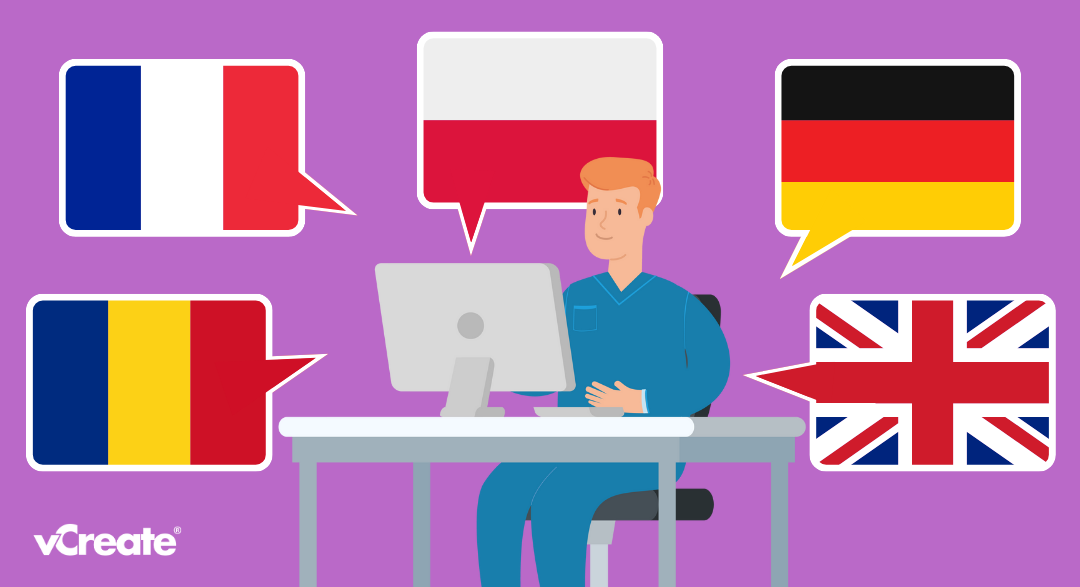Overcoming Language Barriers in Healthcare
03 March 2024

Effective communication within the healthcare sector is essential. In the UK, where 1 in 10 people don’t speak English as their primary language, the NHS faces a growing challenge to meet the communication needs of an increasingly diverse population.
Miscommunication among clinicians, patients, and carers can significantly impede access to quality care, compromise patient safety, and exacerbate health disparities. Studies have shown that language barriers contribute to clinicians’ incomplete understanding of patients’ situations, leading to delayed treatment or misdiagnosis. Patients and carers often struggle to convey and comprehend crucial information, exacerbating the problem further.
To address these barriers, many healthcare providers offer interpreter services. However, these services present critical challenges in terms of access and financial burden. While interpretation services improve patient care, they also increase the cost, length and frequency of hospital appointments.
vCreate, a secure clinical video service that enables patients and carers to share smartphone-recorded videos for remote review, developed a multi-language feature to address these issues and improve equity of access. This innovative addition allows patients and carers to translate the entire service and all messages to and from clinical teams into their preferred language, ensuring effective communication for those facing language barriers and without the need for costly interpretation services.
Dr Domenico Serino, Consultant Paediatric Neurologist at the Royal Aberdeen Children’s Hospital is using the multi-language feature to support patients and carers. He shares, “We recently used vCreate’s multi-language feature to communicate with a Polish mother and daughter about her epilepsy diagnosis. Receiving the messages in Polish and seeing the response auto-translate back to the team meant a huge amount to the family."
“Not only does the feature help us support families regardless of their language or background, but it also opens up flexible alternatives to costly interpretation services.”
There are currently 14 languages available, including French, German, Italian, Polish, Spanish, Punjabi, Gujarati, Arabic, Romanian, Bengali, Brazilian Portuguese, Ukrainian and Urdu and the list is continually growing.
Please email us for a demo and to find out how we can improve equity of access for your patients.
